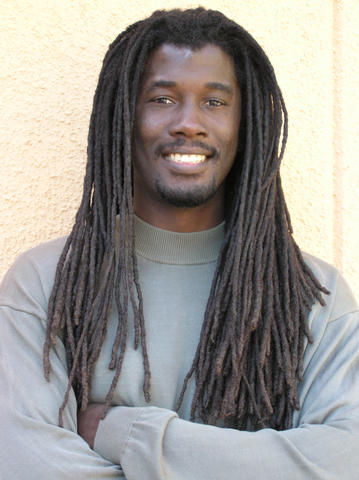Kali and Tuhan
I've been taking Kali for over three years now. When I first started this blog, it was typically my favorite subject to write about. During that time I started Brazilian jiujitsu and capoeira classes. Each of these styles have led me through humbling experiences. Repeated arm-lock submissions in jiujitsu and headkicks and handstands in Capoeira have taught me over and over again to respect other styles.
What makes the form of Kali that I study different than the other two arts is it's creator. My teacher's teacher, Tuhan Joseph Arriola. The first thing that caught my attention in the first seminar I attended with him was the amount of power he could summon in his strikes. Since then, I've realized that the power was only a subset of the relentless tinkering he does, and the amount of attention he gives to every nuance of every movement.
I remember going to classes with my teacher, Gura Michelle, as well as with Tuhan where the exercise we started the class with made absolutely no sense. Then, by the end of the class, every time, I'd see. In most arts a strike is a strike. With Tuhan, every aspect of any movement can be used to advantage. But, like with the classes I described, the explanation would be as esoteric as some of the beginning drills seemed to me. It really has to be seen and felt to be understood. Even, then it might be hard to understand, but you can tell what the end goal is when you get hit, faked, or pushed to the ground with what appears to be little effort.
Although the stick demo below is my favorite one, it still isn't the same as being there. Or even better, playing against Tuhan. If you're ever in the San Francisco Bay Area during seminar time, and you value martial arts, make sure you take some time out to attend. One of these days when I get some extra cash (monthly Kali and Capoeira class payments start to add up), I'll get out there again and mix it up.
What makes the form of Kali that I study different than the other two arts is it's creator. My teacher's teacher, Tuhan Joseph Arriola. The first thing that caught my attention in the first seminar I attended with him was the amount of power he could summon in his strikes. Since then, I've realized that the power was only a subset of the relentless tinkering he does, and the amount of attention he gives to every nuance of every movement.
I remember going to classes with my teacher, Gura Michelle, as well as with Tuhan where the exercise we started the class with made absolutely no sense. Then, by the end of the class, every time, I'd see. In most arts a strike is a strike. With Tuhan, every aspect of any movement can be used to advantage. But, like with the classes I described, the explanation would be as esoteric as some of the beginning drills seemed to me. It really has to be seen and felt to be understood. Even, then it might be hard to understand, but you can tell what the end goal is when you get hit, faked, or pushed to the ground with what appears to be little effort.
Although the stick demo below is my favorite one, it still isn't the same as being there. Or even better, playing against Tuhan. If you're ever in the San Francisco Bay Area during seminar time, and you value martial arts, make sure you take some time out to attend. One of these days when I get some extra cash (monthly Kali and Capoeira class payments start to add up), I'll get out there again and mix it up.
 My earliest car memory was when I was maybe 5 years old and we were visiting my Grandfather in Chicago. We went for a ferry ride in Lake Michigan and on the pier was a store with a bunch of wind up toy cars. I wanted one so bad, but we had spent enough money just getting to Chicago. To this day I still collect
My earliest car memory was when I was maybe 5 years old and we were visiting my Grandfather in Chicago. We went for a ferry ride in Lake Michigan and on the pier was a store with a bunch of wind up toy cars. I wanted one so bad, but we had spent enough money just getting to Chicago. To this day I still collect 


